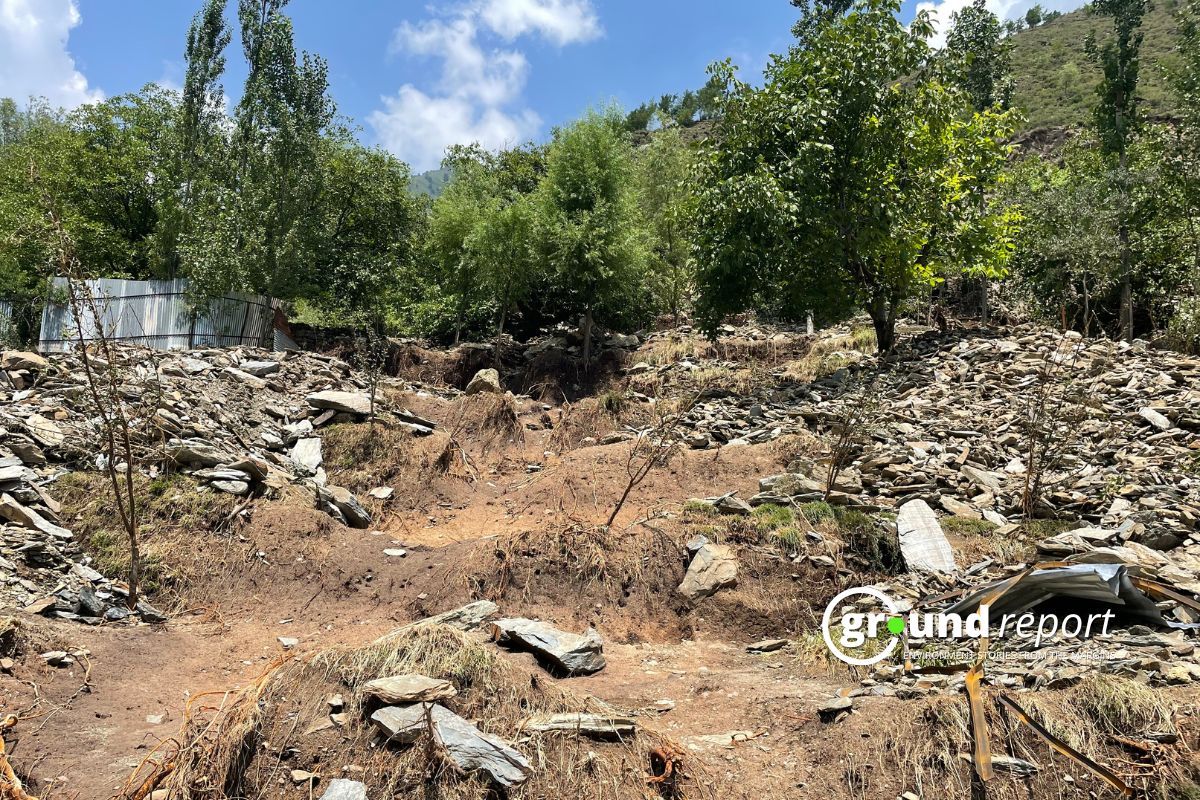An investment plan is not just for high-net-worth individuals. Exploring a personal investment plan is crucial whether you are a professional, salaried person, or a business owner. It helps you create a roadmap of how you want to deploy your funds to maximise wealth growth in the future. Regardless of your age, the time to invest is right now. Through the power of compounding, your early investments allow you to build more wealth in the future using a trading app with zero brokerage.
In this blog, we give you some of the best investment options that are popular in India.
1. Fixed Deposits (FDs)
Fixed deposits are one of the most popular investment avenues for risk-averse investors. You invest a lump sum of cash in a fixed deposit with a bank or other financial institution at an agreed interest rate for a fixed period. At the end of the investment period, you will return your principal amount and the interest earned. It is possible to close FDs before maturity, but you may have to pay pre-closure charges. It is a low-risk investment option with a lower yield but offers a principal guarantee.
2. Recurring Deposits (RDs)
Another option for risk-averse investors is RDs, where you can invest a fixed amount regularly. Typically, you deposit money in your RD for a specific period. At maturity, you can get back your principal amount and earned interest. The RDs allow for compounding as you earn increasing interest to increase the principal amount periodically.
3. Gold
Indian households invest more in gold because of their interest in the metal. Traditionally, buying gold jewellery was the only way to invest in gold. Now, there are multiple options to invest in physical and digital gold. You can purchase coins and bars, but you must store them safely. Digital gold investments like ETFs allow you to capitalise from fluctuations in gold prices in the international markets. Such investments allow you to profit from raising gold prices.
4. Real Estate
For wealth creation, Indians have always trusted real estate investment. When you save enough to buy a property, you can invest in real estate for potential capital appreciation. Based on your chosen property, you can also generate regular rental income. Instead of directly investing in residential or commercial properties or land, you can invest in Real Estate Investment Trusts (REITs), where you don’t need a sizeable lumpsum investment. However, real estate investments can lock in your less liquid investments.
5. Public Provident Fund (PPF)
PPF is a voluntary investment scheme that is available for Indians to save for their retirement. It has a lock-in period of 15 years, during which you continue contributing to your PPF account. It is a tax-efficient investment option that secures your investment. PPF comes under the Exempt-Exempt-Exempt (EEE) category, where principal, interest earned, and maturity amount are tax-free. You can also claim Section 80C deductions for PPF contributions. You can also avail of a loan facility after 7 years.
6. Stock Market
Investing in the stock market gives you direct company ownership through its stocks. While you may not be involved in decision-making, you can capitalise on the company’s growth. It is suited for investors with a higher risk tolerance because there is no capital guarantee. However, it also provides better yields than other types of investments.
7. Equity Mutual Funds
If you don’t prefer the higher risk of investing directly in the stock market on a handful of companies, you can invest in equity mutual funds. These provide diversification by investing your money in multiple company stocks. Dedicated fund managers manage mutual funds to diversify portfolios, manage risks, and maximise investment potential. It also has a higher return potential based on market performance.
8. SIPs
You don’t always need a lumpsum amount to start your investment plan. Systematic Investment Plans (SIPs) allow you to invest a fixed amount on a weekly, monthly, or quarterly basis in any mutual fund scheme you like. It minimises market volatility using rupee-cost averaging. You can also earn better returns through the power of compounding. Many investment platforms even offer lifetime free demat accounts to encourage you to stay invested. SIPs suit investors looking for long-term wealth-building investment avenues with managed risks.
Conclusion
Apart from the above-mentioned investment options, many other choices, such as IPO investments, post office saving schemes, and various other government savings schemes, are also available. Explore multiple options and look for investment avenues that offer better returns at a lower risk. While choosing an investment platform, look for ones that offer free demat account with no annual charges. Always remember that with investments, high-risk options offer higher yields. Ensure that you understand your risk tolerance so that you don’t invest more than you can afford.
FAQs
-
How can I decide on the best investment option for me?
You should not choose a single investment option and put all your money in it. Understand your short-term, medium-term, and long-term financial goals and invest accordingly.
-
What is meant by risks in investment?
All investment options are subject to market risks. There could be potential losses which can erode your returns and even eat your principal. Aggressive investors seek higher returns using high-risk investments, while conservative investors prioritise security.
-
How can I choose my risk tolerance?
High-risk investments offer better yields but are not suited for everyone. Your investment portfolio must be diversified so that your investments have distributed risk. As a result, you can balance out your returns. Generally, you can go for riskier investments for better returns when you are younger. As you approach retirement age, move your investments to the lower-risk category for capital preservation.
Disclaimer: This content is sponsored and does not reflect the views or opinions of Ground Report. No journalist is involved in creating sponsored material and it does not imply any endorsement by the editorial team. Ground Report Digital LLP. takes no responsibility for the content that appears in sponsored articles and the consequences thereof, directly, indirectly or in any manner. Viewer discretion is advised.
Follow Ground Report on X, Instagram and Facebook for environmental and underreported stories from the margins. Give us feedback on our email id greport2018@gmail.com.
Don’t forget to Subscribe to our weekly newsletter, Join our community on WhatsApp, Follow our Youtube Channel for video stories.
Check out Climate Glossary to learn about important environmental terms in simple language.
Keep Reading
Tank under construction, dam under repair & Chanderi Village struggles for water?
Constructed wetlands can provide a solution for wastewater treatment
Indore Reviving Historic Lakes to Combat Water Crisis, Hurdles Remain










